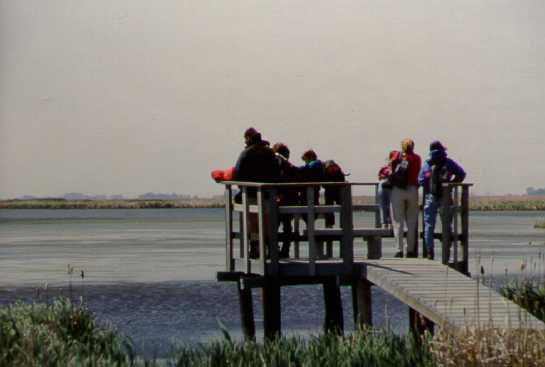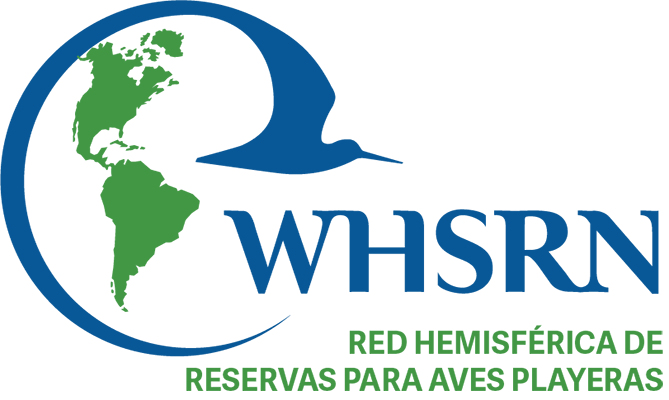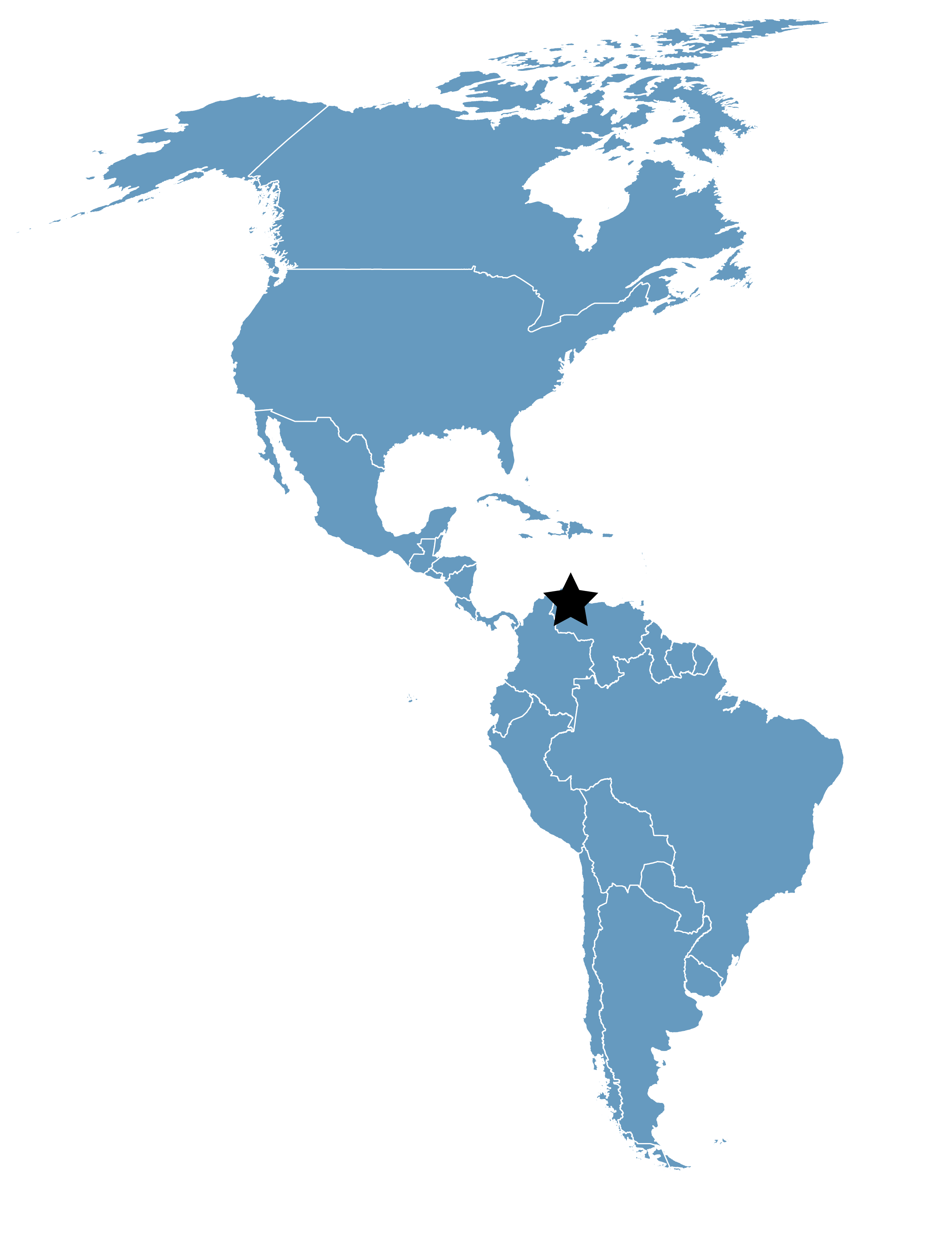Quill Lakes
Location
Saskatchewan, Canada
Category
International
Basis for Designation
Supports more than 100,000 shorebirds annually, including 5% of the world population of Piping Plover (Charadrius melodus).
Size
63,500 hectares (156,912 acres)
Date Designated
February 1994
Site Owner
Provincial Crown land. Flooded areas administered by Ministry of Agriculture (Lands Branch). Uplands surrounding the basin are either Private or Crown land administered by Ministry of Agriculture (Lands Branch) or the Saskatchewan Watershed Authority (formerly Saskatchewan Wetland Conservation Corporation).
Site Partners
Ducks Unlimited Canada
Saskatchewan Watershed Authority
Quill Lakes International Bird Area Tourism Group
Overview
The Quill Lakes are a series of three large saline lakes in a mixed grassland ecosystem. Wind action on these shallow lakes creates large expanses of fresh mudflats which are utilized by shorebirds for feeding. Large open marsh complexes are situated adjacent to the lakes and used by staging shorebirds and other water-associated birds.
Birds use the Quill Lakes for feeding and roosting during spring and fall migrations. Spring migration begins approximately the second week of May and is complete by the second week of June. Fall migration begins the second week of July and extends well into September in most years.
Recruitment on Big Quill Lake is currently very low. Hatch success is high but chick survival appears limited. This limiting is attributed to the absence of water near traditional nesting areas on old shorelines due to receding water levels.

Coots Cove. Photo: Chuck Deschamps.
Ecology and Conservation
Cattle ranching, cereal grain farming, recreation (bird watching), and hunting are the primary land uses at the site.
Current threats at the site include high water levels and unregulated and unlicensed wetland drainage into the Quill Lakes from agricultural lands in the lakes’ watershed.
The most recent research activities at Quill Lakes has been the monitoring of Piping Plovers by the Canadian Wildlife Service, but this project was discontinued due to high water levels which have flooded nesting sites.







